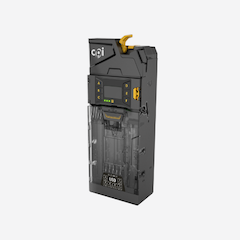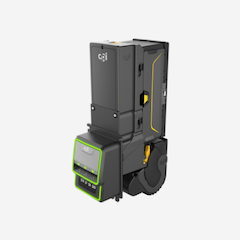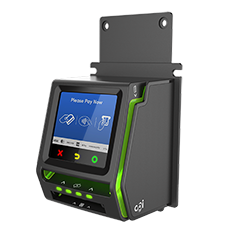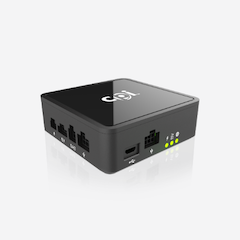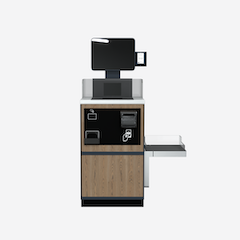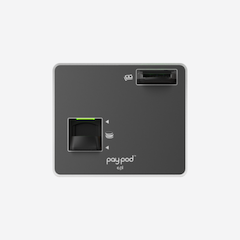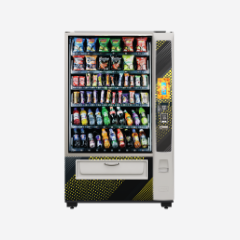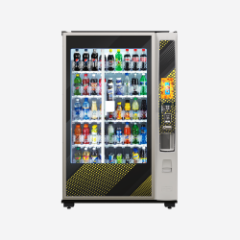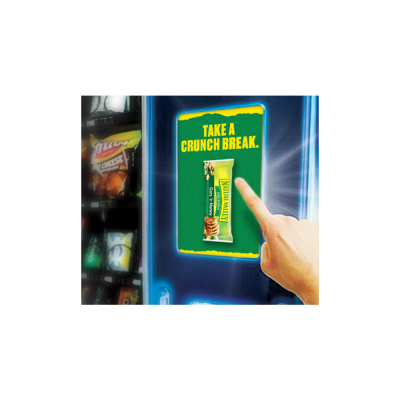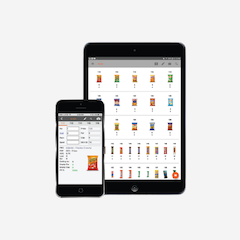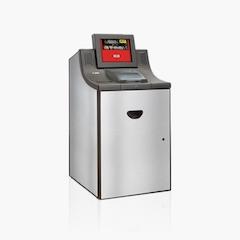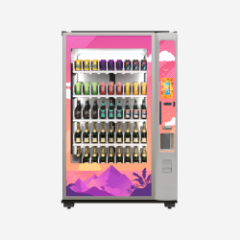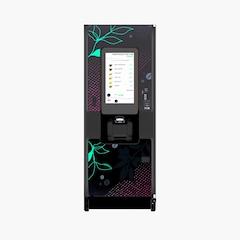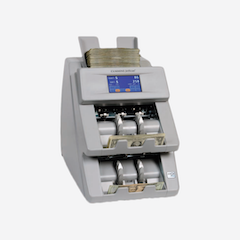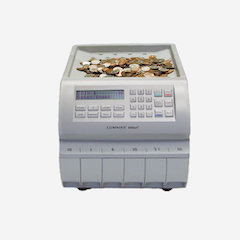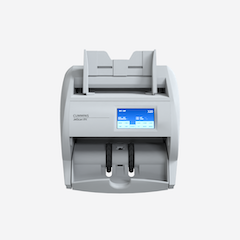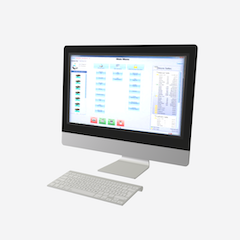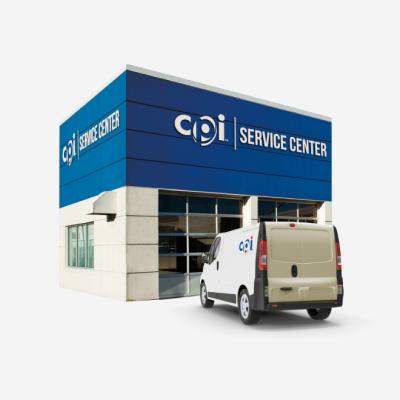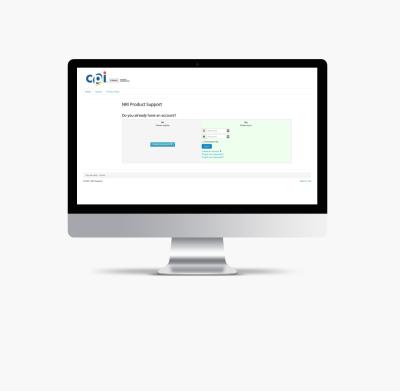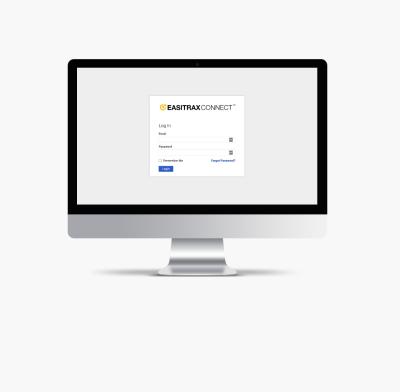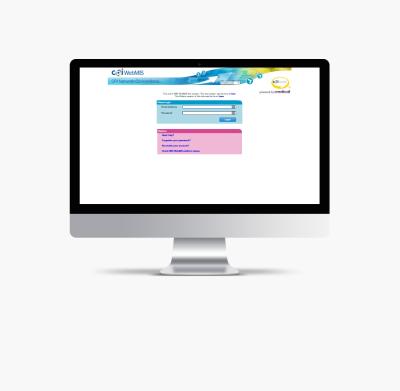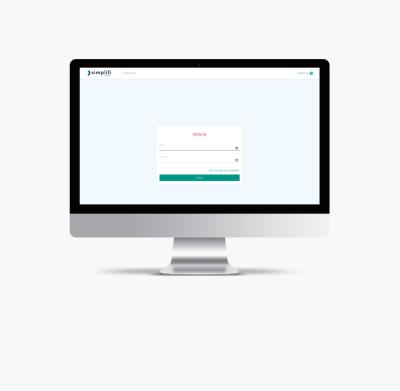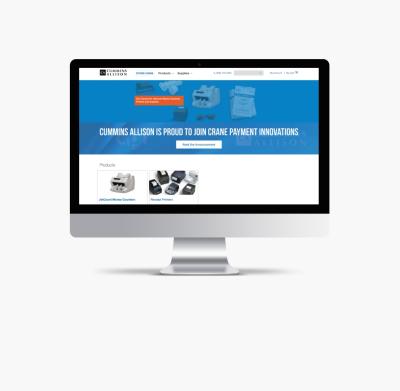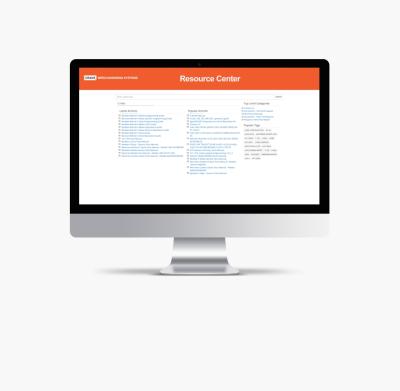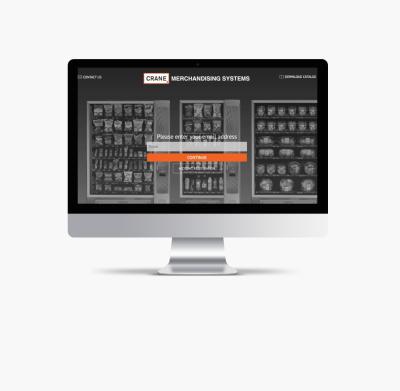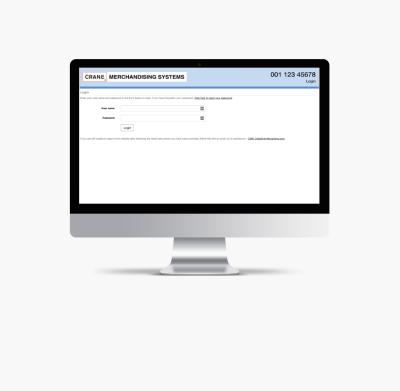Why are Customers and Bank Staffs Still Handling Coins Manually?
Do you have unused coins piling up in your house and car? You’re not alone. When buying a low-value item at the shop with banknotes, customers end up receiving a handful of coins in return.
Instead of storing them in the wallet for re-use, many customers keep the coins in their car, garage, desk drawer, etc. These shop owners then become “coin negative” and have to purchase more coins from Cash-in-transit (CIT) companies or banks. The central banks, which are well aware of this demand for coins, often place new order for coins from mints and the cycle repeats itself. The more coins sitting inside customer’s drawers, the more coins retailers become deficit of and the new number of coins increase.
The cost of purchasing new coins from mints is expensive. In the U.S. alone, the 2018 currency budget is $861.7. For the last 20 years, central banks have outsourced most of cash-handling processes to CIT companies. Their role has been narrowed down to issuing and destroying notes. The service that was once in the interest of the public is now commercially driven and inherently raises costs for commercial banks. This is one of the primary reasons that the banks turn to local recycling solutions that will dramatically diminish the cost of coin handling inside and outside their branch. The coin deposit and recycling machines installed in branch and the public encourage a self-service banking environment where customers can effectively reactivate used coins.
There are multiple ways that banks embrace cash handling. Depending on the throughput of coins in the bank branch, they can adapt to different types of customers that enables them to process transactions quickly. Today, bank personnel dislike counting coins because they are:
-Open to theft and mistakes
-Noisy
-Heavy. According to legislation in many countries the bank staff is not allowed to lift more than 7-8 kilos at once, and not more than 4-5 heavy lifts during a day. Handling coins over the counter in many countries is not “recommended” nor allowed “due to safety reasons.”
-Time consuming. Counting coins over the counter is a tedious task that takes away 5-15 minutes on average from meaningful conversation with customers.
Traditional cash handling takes up space behind the counter where personnel complete other work. The counting of coins interrupts telephone calls and customer meetings. At the end they also need to store the coins. Due to this, the banks might be reluctant to taking coins.
What value is the customer going to enjoy by investing in coins for their branch? The improvements on in-branch adoption of coin recycling ATMs can be narrowed down to four concrete results.
- Reduced queues: The queuing is reduced in branches, enhancing walk-in customer experience.
- Personnel Time savings: It saves substantial time for the staff.
- Customer Time savings: It saves time for the customers. The customer can go to a 24/7 self-service ATM.
- Better reconciliation: safer and faster transactions available.
Enabling automated coin recycling at the ATM helps accomplish reduced lines, time savings, and safer transactions. Specifically, migrating bill payments, credit card payments, check cashing, and savings book closings from the teller line to the ATM areas would realize these goals even faster. On the level of customer proximity to the bank’s brand, the coin recycling ATMs can upgrade customer proximity in two ways: first, the coin recycling ATMs increase accessibility as customers can now deposit coins or make payments with coins outside the bank branch. By eliminating all the back-office coin handling, it frees up resources at the branch and enables banks to increase promotions for their financial instruments like loans.

